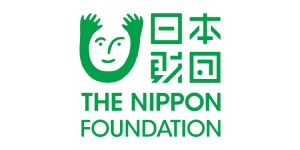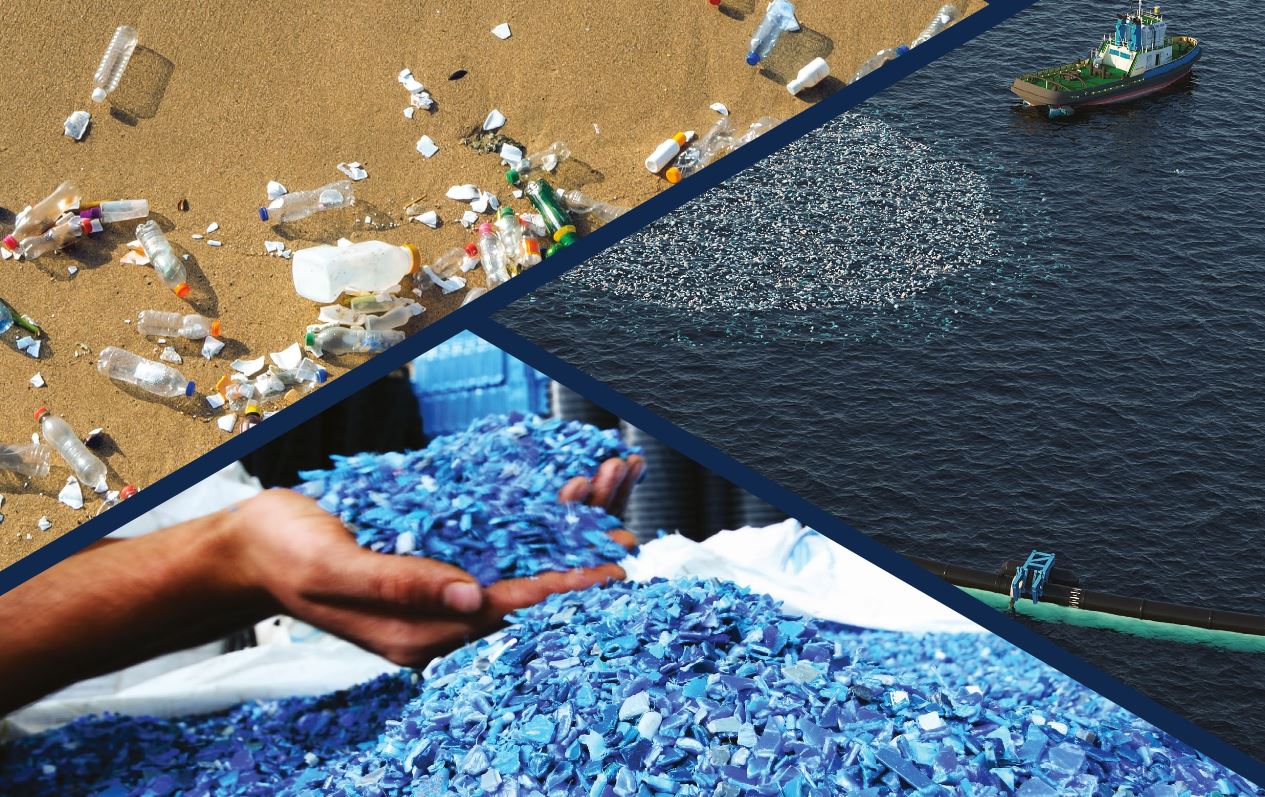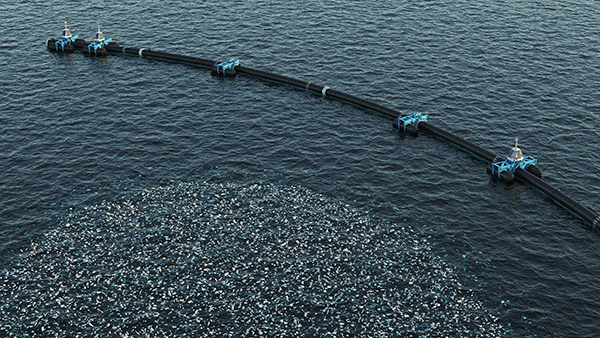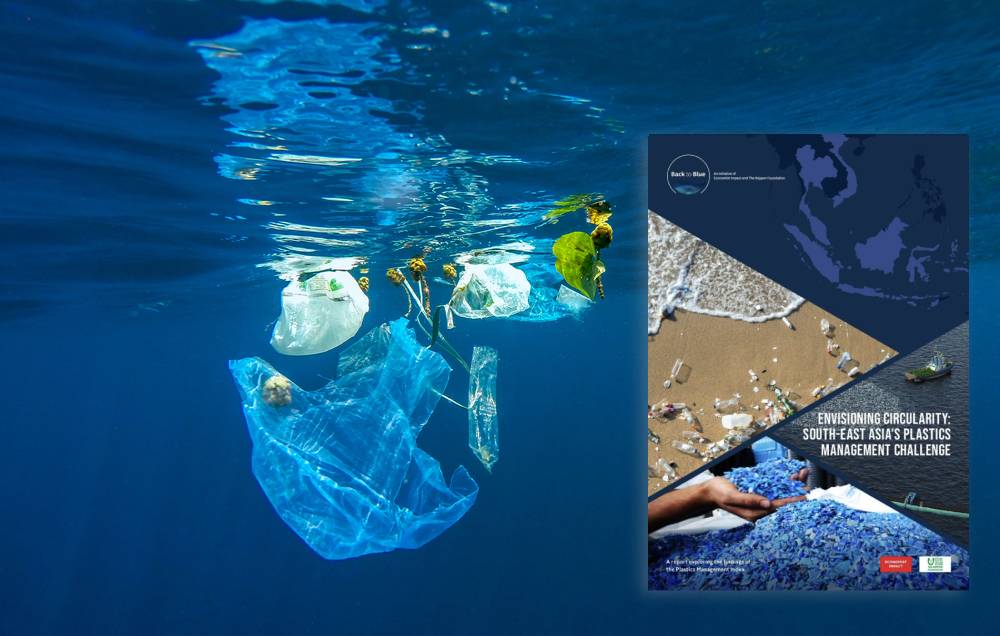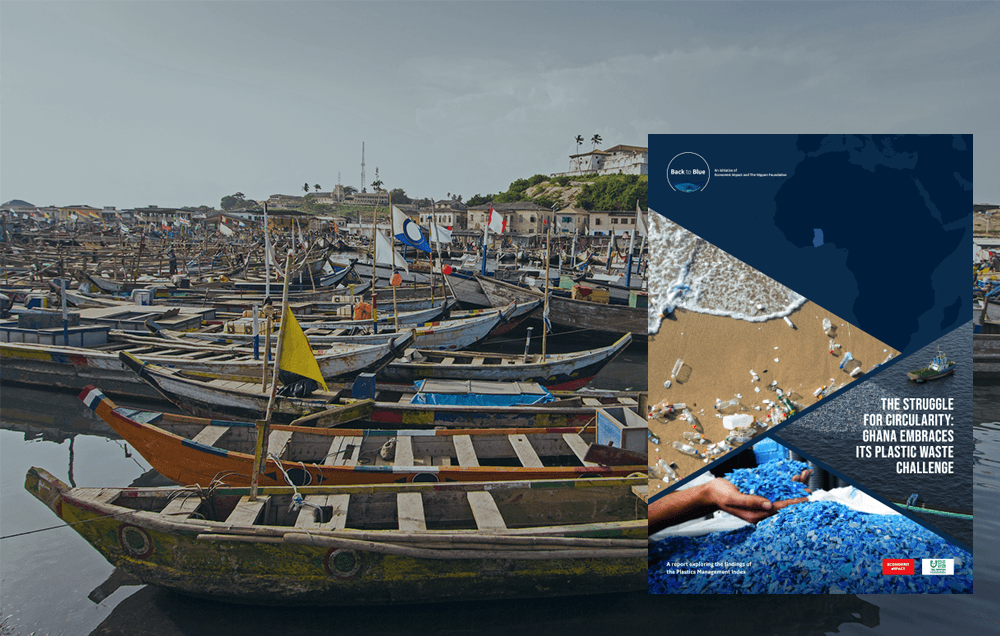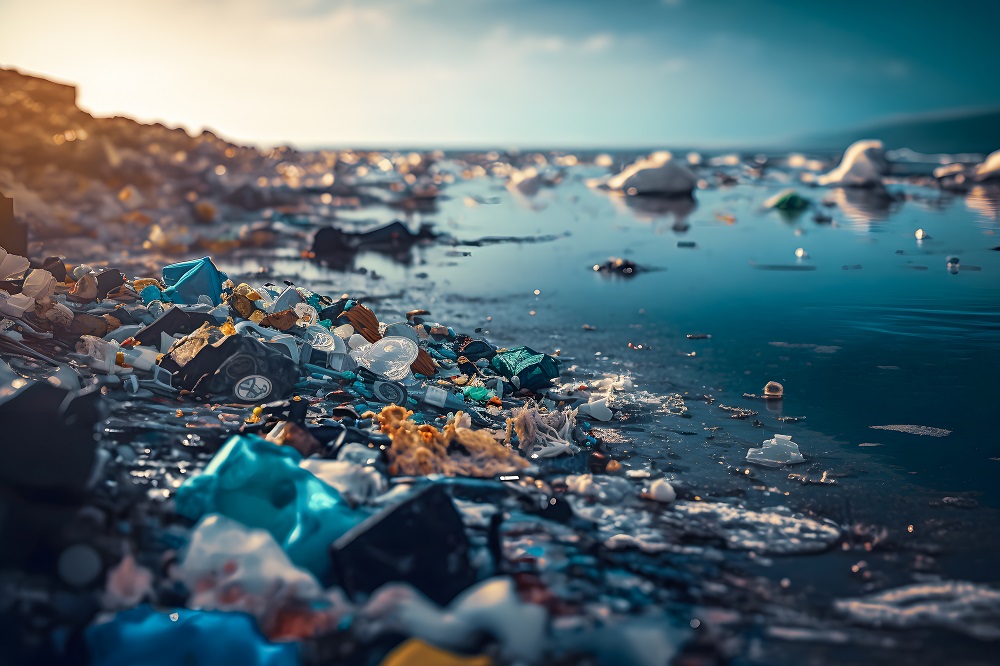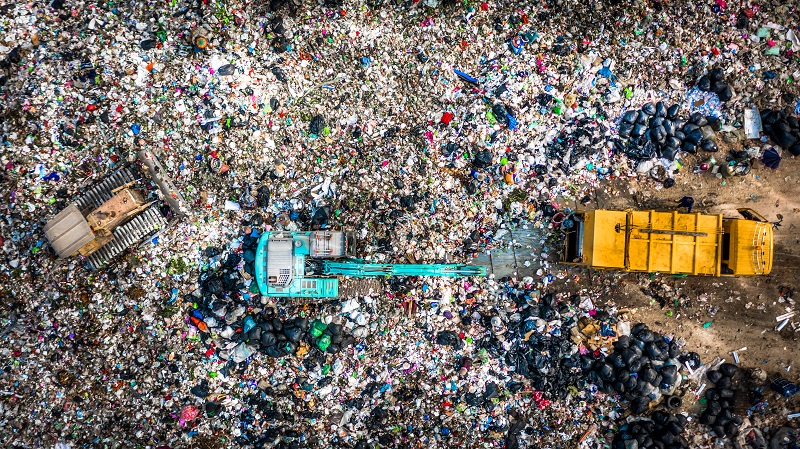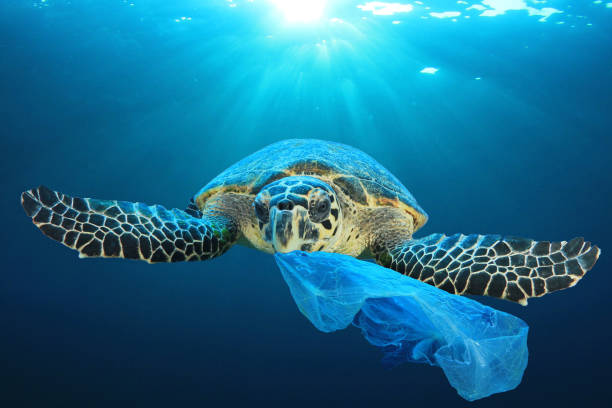CONTENT FROM
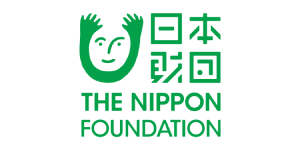
From the outside the 100-metre long cargo ship Suzaku looks like any ordinary vessel. But, it’s been fitted with state of the art technology enabling its control room which is on land to monitor in real time the ships position, engine, sea traffic, and port. The futuristic fleet operation centre in Chiba, east of Tokyo is surrounded by a sea of computer screens, rather than the sea itself. There’s also no conventional steering wheel in sight.
It’s the first time these vessels which are operated on land are undergoing rigorous testing. Its success rests on passing a series of demonstrations that determines how well the autonomous vessels can perform difficult manoeuvers, prevent collisions and secure uninterrupted telecommunication with headquarters under extreme situations.
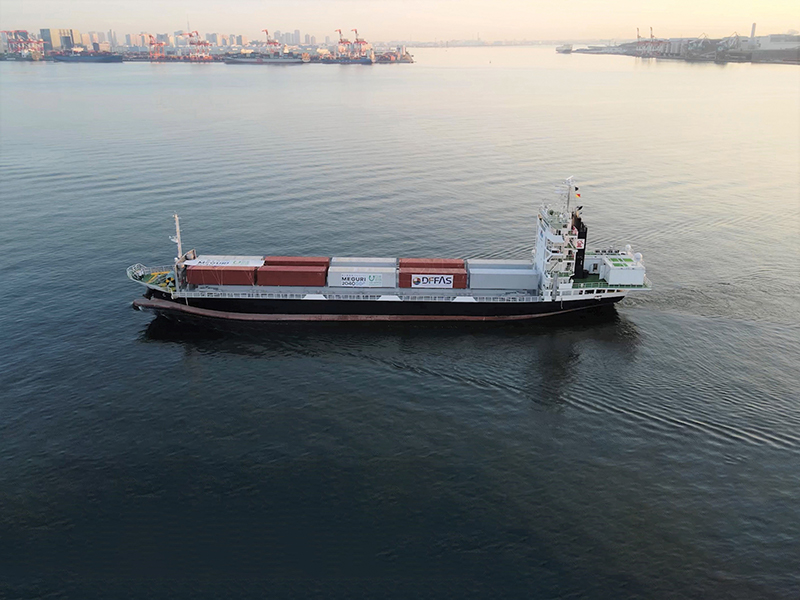
The project is the brainchild of nonprofit The Nippon Foundation who are seeking to propel Japan as a technological leader in the field of fully autonomous ships. On the high seas anything could happen and technology and training must prepare against not only mother nature and congested waters but possible cyber attacks and pirates. “You can’t control the sea,” says The Nippon Foundation Executive Director Mitsuyuki Unno.“There can be strong winds, rough seas and fishing boats and recreation boats can appear out of nowhere. There’s always the fear of collision,” Mr Unno explains.
A consortium of more than 40 Japanese companies specialising in container ships, passenger ferries, AI, and telecommunications are working behind the scenes to make these vessels a commercial reality. Their goal is to put fully autonomous ships into operation by 2025 and to have half of all Japanese coastal ships running autonomously by 2040.
“There can be strong winds, rough seas and fishing boats and recreation boats can appear out of nowhere. There’s always the fear of collision”
-Mitsuyuki Unno, Executive Director, The Nippon Foundation
PIONEERING TECHNOLOGY IN UNCHARTERED WATERS
Autonomous vessels are a complex combination of IoT, ICT, AI and state of the art image recognition technology. The latest demonstration has given the green light to move forward with the most difficult obstacle which is developing AI image capture that can detect other ships and ultimately allows for safe navigation. Mastering the technology to dock a vessel, which is considered the most difficult manoeuvre, depends on perfecting AI with image capture technology.
Satoru Kuwahara who is DFFAS (Designing the future of fully autonomous ship) consortium’s project director says short range navigation planning will be controlled by the autonomous vessel rather than the team at the control centre. This means having confidence in the integrated technology onboard for safe navigation. “There is still room for improving algorithms so they match the skill level of humans in terms of short-term manoeuvring.”
Embracing fully autonomous vessels also leaves them vulnerable to electronic hijacking and pirates. Mr Kuwahara stresses the biggest priority is protecting the lives of crew members which is already guaranteed by going digital. Preventing cyber attacks play a significant role compared to conventional ships. Communication with ships will be backed up by satellites and IT security software inbuilt to the systems on land. But Mr Unno likens the challenge to climbing a mountain in which the project has only passed the halfway mark.
Japan has the world’s second largest shipping industry and third largest shipbuilding industry. But it risks being overtaken by other rising economies. Mr Unno believes Japan has a global headstart developing autonomous shipbuilding technology. But he concedes that every step of the way could be plagued by setbacks.
“We still need to do more and more simulations, and we also need to put the simulations to practical use on actual shipping routes. We need more data which will increase the number of opportunities for AI to learn from this data.”

THE ECONOMIC POTENTIAL OF FULLY AUTONOMOUS VESSELS
Container ships are big business and improving operational and logical efficiency could play a role easing supply chain bottlenecks plaguing the global economy. Domestic vessels account for 40 percent of Japan’s logistical network. They are credited for transporting large-scale items such as construction materials across the Japanese archipelago.
In Japan, the maritime industry is feeling the effects of a rapidly ageing population and a severe labour crunch. According to Japan’s Ministry of Land, Infrastructure, Transport and Tourism, there were 28,435 sailors employed in coastal shipping as of 2019. But almost half of them are over 50 and this creates further repercussions for safety. It’s believed that 70 to 80 percent of maritime accidents are a result of human error. Fully autonomous vessels are seen as an effective way to reduce the number of ocean accidents and the workload for Japan’s ageing seafarers.
Improving the technical capability of the industry is a part of a wider logistical reform that carries cost savings to other sectors reliant on container shipments.
Mr Masanori Muto of Mitsubishi Research Institute says fully autonomous vessels can provide 24/7 services without crews which will increase revenue potential. This could play a role in increasing the viability of shipping routes to remote islands which are currently suffering from cost issues.
Fully autonomous vessels can provide 24/7 services without crews which will increase revenue potential.
-Masanori Muto, Mitsubishi Research Institute
Mr Muto says R&D in autonomous vessels also gives the Japanese maritime industry a competitive edge that could see players outside the sector investing in fully autonomous vessels as a high value added product. “Fully autonomous vessels could be used for home delivery to coastal and remote island areas. They could also be used to support the offshore wind farms that are expected to be constructed and operated in Japan’s EEZs in the future.”
The Nippon Foundation estimates that if 50 percent of the current domestic fleet are converted into autonomous vessels, it would contribute $8 billion (USD) to the Japanese economy. Takeru Suzuki from Mitsui OSK Lines’ smart shipping division says the major appeal of the project is enhancing the level of safety through the integration of technology. He says the only way fully automated vessels can take off is by reducing the initial cost of the technology in order to make it profitable for shipping businesses to pursue.
Ships cost millions to build and maintain and shipping delays caused by accidents can result in millions of dollars being lost. Improved safety performance is expected to bring down insurance premiums and ultimately cost savings to consumers.
Long before the onset of the covid-19 pandemic the industry was losing its appeal to young people. Digitisation could be the bait that attracts a younger tech savvy generation of seafarers who no longer need to set foot on a ship. Executive Director of the International Association of Maritime Universities, Takeshi Nakazawa says maritime education for fully autonomous ships will require future seafarers to be able to deal with unforeseen problems that AI systems cannot. This means maritime education will shift beyond just on board training to learning how to handle ships with different levels of automation and working with AI, ICT and ship experts to solve problems as they arise.
3b陸上支援センター.jpg)
THE NEED FOR LEGAL FRAMEWORKS
As Japan races to develop fully autonomous vessels the legal system is left to play catch up. Current regulations in Japan do not allow fully autonomous vessels to operate without someone on board. Mr Kengo Minami from Nihon University’s College of Law says there is the complicated task of amending current maritime laws such as the Seafarer Law, Ship Officers and Small Vessel Pilots Law as well as the Ship Safety Law. He believes that without laws governing remotely piloted vessels, a licensing system should be considered.
Another major point of contention is accident liability in the case of a collision between autonomous vessels and regular ships which does not cover the case of a self navigating, fully autonomous vessel.
A VISION FOR THE FUTURE
Japan is a leader in the realm of fully autonomous shipping. The project’s technological milestones aim to lead the way for international standards conducive to the newly developed technology.
Mr Unno believes there is no limit to what fully autonomous ships can achieve. The hurdles posed by gruelling preliminary verification tests has not deterred the consortium from envisioning a future where Japan and the international community harnesses the potential of these burgeoning vessels.
THANK YOU
Thank you for your interest in Back to Blue, please feel free to explore our content.
CONTACT THE BACK TO BLUE TEAM
If you would like to co-design the Back to Blue roadmap or have feedback on content, events, editorial or media-related feedback, please fill out the form below. Thank you.




